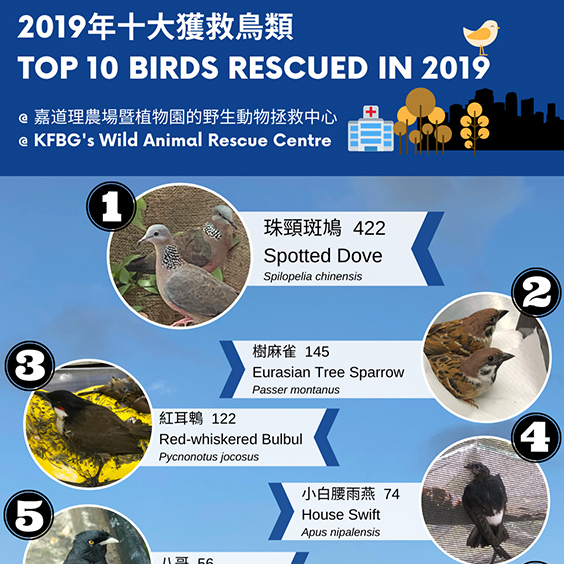
#WHERE TO FIND RESCUE BIRDS WINDOWS#
Birds found in roads or next to windows may have been struck by a car or hit a window. Sick or injured birds may exhibit the following symptoms: on the ground acting lethargic, has ruffled feathers, is seen limping, dragging a wing, or has obvious wounds, and may be unable to move or fly when approached.This will allow the parents to return to tend to the eggs or young. If you or your dog find a nest, please do not disturb the nest and leave the area.Ducks, geese, quail, pheasant, and burrowing owls for example, nest on the ground (or in burrows for burrowing owls). Visit its Web site at and click on Emergency. The International Wildlife Rehabilitation Council can also help you locate wildlife rehabilitators. You can also contact the NWRA central office at 32. If the parents do not return to care for the baby birds after 2-3 hours, please contact your nearest bird rescue center, wildlife hospital, or wildlife rehabilitator. NWRA’s Web site will take you through several methods for locating licensed wildlife rehabilitators in your city and state.You can even place the original nest in the carton and/or line it with dry grass, laundry lint, shredded paper, or even torn cloth. The important part is to ensure the newly created nest is open an accessible for the parents. Artificial nests or even the original nest can be secured to the branch or tree with string or wire.Don’t worryparent birds do not recognize their young by smell. If you can find the nest (it may be well hidden), put the bird back as quickly as possible. If so, the nest is almost certainly nearby. The baby bird’s parents will return to find and care for it. If the baby bird is sparsely feathered and not capable of hopping, walking, flitting, or gripping tightly to your finger, it’s a nestling. Place this artificial nest as close to the original nest as possible and in the same tree. Tupperware, a cut milk carton, small basket) to serve as an artificial nest. If the nest has been damaged or you cannot reach the nest, you can use an open container (e.g. Nests and baby birds that may not be able to survive on their own such as those that are not fully feathered, have their eyes closed, or still have a lot of downy feathers, should be returned to the tree or nest if possible.Some birds may need to go to homes with existing birds or must be adopted in pairs or. Crow parents are very protective and will continue to feed and safeguard their offspring. The adoption fees and requirements for birds depend on the type of bird.

For example, young crows often leave their nests before they can fly and begin exploring and hunting from the ground. Often times these fledglings are near their nests and may still be attended to by their parents.If you must move the bird to prevent injury or death, please relocate to a nearby safe place such as shrubs or bushes. found in or near a street, on the ground in your backyard when you have dogs or cats), they should not be moved. Unless fledglings are in immediate danger (e.g.These fledglings may simply be learning to fly, which is a normal part of growing up and leaving their nest.Young birds about to fledge their nests may be seen on the ground, in shrubs or on low tree branches.


 0 kommentar(er)
0 kommentar(er)
